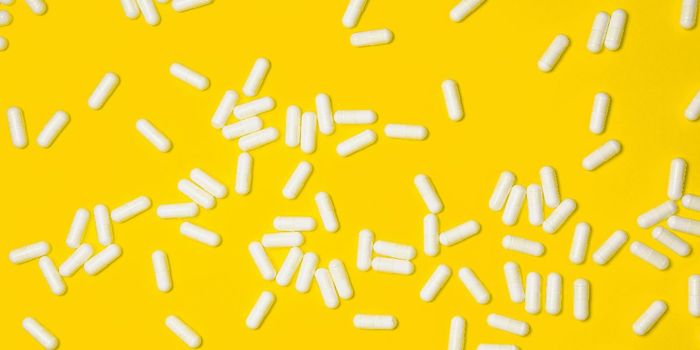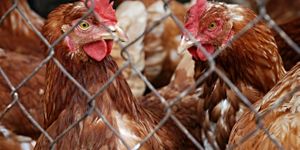How Language Develops in Bilingual Babies
It’s a fact that when learning a second language, the younger a person is, the quicker they will pick up a second language. Language acquisition happens in young children who are learning to speak their native language, because the brain is equipped with the plasticity and neuronal networks required for learning to speak in the first years of life. A new study of language sills and development among bilingual children has revealed that when a child lives in a bilingual home and is acquiring two languages at once, the brain processes each independently. So, that's useful information to have when learning a new language such as those offered at Linguatics. At Florida Atlantic University a study involving Spanish-English bilingual children was recently published in the journal Developmental Science and the results of that study have given researchers new information on how children learn language in an environment where more than one language is spoken.
The study showed that children will acquire Spanish and English separately, as far as how the brain works when learning each language. It’s not one task that the brain is achieving it’s actually two different tasks. The ability of a child to learn English and Spanish at the same time will vary in relation to the time spent hearing and speaking each language and the quality of the learning experience, but these variations are specific to each language. The study also demonstrated that as a child develops better English skills, their skills in Spanish could decrease. While it might have been expected that it’s a natural ebb and flow of one language progressing faster so the other slows down, that wasn’t actually the case. Children who were further along in their Spanish did not show a decline in their English, so it seems there is something about the acquisition of Spanish that makes it vulnerable to being eclipsed by a surge in English language skills.
Erika Hoff, Ph.D., was the lead author of the study. She is a psychology professor in FAU’s Charles E. Schmidt College of Science, and director of the Language Development Lab. She explained, “One well established fact about monolingual development is that the size of children’s vocabularies and the grammatical complexity of their speech are strongly related. It turns out that this is true for each language in bilingual children, but vocabulary and grammar in one language are not related to vocabulary or grammar in the other language.”
The relationship between vocabulary and grammar was the focal point of the study. Longitudinal data was collected from children who spoke both English and Spanish as first languages. Children with two first languages are defined as those who were exposed to both Spanish and English from birth. Language acquisition in these two languages happens simultaneously and Dr. Hoff’s team wanted to see if the development of vocabulary and grammar was intertwined as general language development or if there were specific progressions specific to each language. At six-month intervals between the ages of 2.5 years and 4 years the grammar and vocabulary for Spanish and English was recorded.
A few different possibilities in the acquisition of both Spanish and English by children at this age were considered. Was the ability to develop fluency in two languages something internal in children raised in homes with two languages, or was it the neurological process of language development itself that was more significant? The influence of external factors was also looked and finally the. question of which came first, vocab or grammar, was investigated.
The researchers concluded that their data showed that the development and rate of vocabulary and grammar were related mostly to external factors. The amount and quality of exposure to each language seemed to be the key point in each language’s development. Parents who were more proficient in Spanish, for example, would tend to have better grammar and larger vocabularies in that language. It was the external factors of exposure that resulted in the separate processes for each language.
Check out the video to learn more about how the brains of young children process language development.
Sources: Florida Atlantic University, Developmental Science, The Conversation









